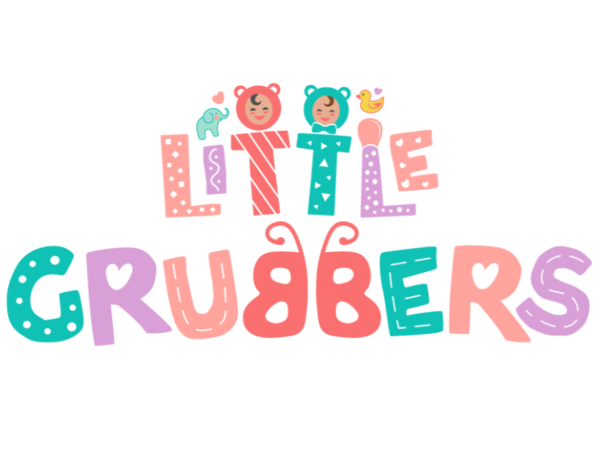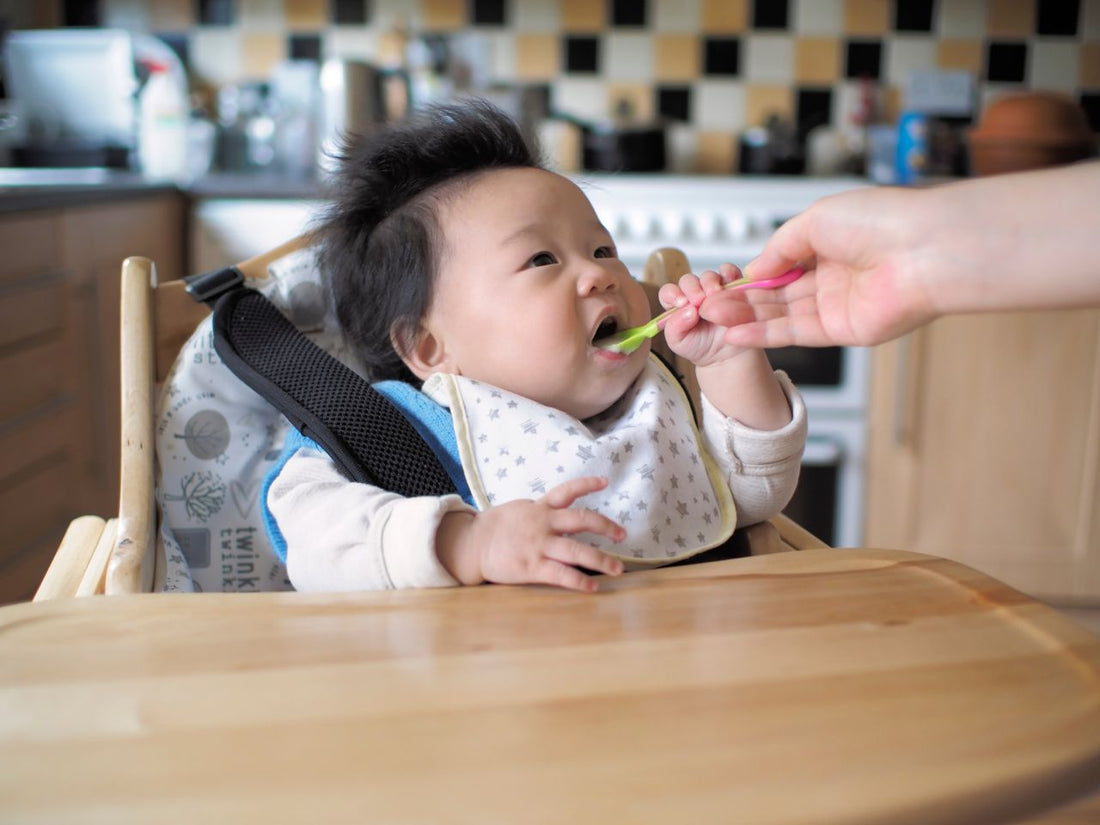Helping Your Baby Become an Independent Eater
One of the most exciting (and messy!) milestones in your baby’s development is learning to self-feed with a spoon. While it can be a fun experience, it also requires patience, practice, and the right tools.
If you’re wondering when and how to start, this guide will walk you through teaching your baby to use a spoon, step by step. We’ll cover baby feeding milestones, introduce the best baby utensils, and share practical tips to make the process easier (and less messy!).
1. When Do Babies Start Using a Spoon?
Every baby develops at their own pace, but most show interest in self-feeding between 6 to 9 months. Here’s a general timeline for baby feeding milestones related to spoons:
✔ 6-8 months: Baby starts grabbing for the spoon while being fed.
✔ 9-12 months: Baby attempts to bring the spoon to their mouth but may spill.
✔ 12-18 months: Improved coordination; baby starts feeding more independently.
✔ 18+ months: Spoon skills improve, and meals become less messy!
💡 Tip: Watching for signs of readiness—like reaching for your spoon, showing interest in food, and better hand-eye coordination—can help you start at the right time.
2. Choosing the Best Spoon for Your Baby
Not all spoons are created equal! The right baby-friendly utensil can make learning easier.
What to Look for in a Baby Spoon:
✅ Soft & gentle material – Silicone or soft plastic to protect gums.
✅ Short, easy-to-grip handle – Perfect for little hands.
✅ Shallow bowl – Helps baby scoop without frustration.
💡 The [Little Grubbers 3-in-1 Baby Spoon™](Insert Link) is designed to make self-feeding easier, with a grip-friendly handle and soft, gum-safe material.
3. Step-by-Step Guide to Teaching Baby to Use a Spoon
Step 1: Start with Pre-Loaded Spoons (6-9 Months)
At first, your baby won’t be able to scoop food independently. Instead, help them get used to holding a spoon by pre-loading it with soft foods like:
🥣 Mashed banana
🥣 Yogurt
🥣 Applesauce
🥣 Oatmeal
How to Do It:
✔ Dip the spoon in food and hand it to your baby.
✔ Let them bring it to their mouth (expect some mess!).
✔ Celebrate small successes!
Step 2: Encourage Scooping Motion (9-12 Months)
Once your baby has the hang of grabbing the spoon, it’s time to introduce scooping movements.
How to Do It:
✔ Use foods that are easy to scoop, like thick mashed potatoes or avocado.
✔ Guide their hand to help them scoop and bring the spoon to their mouth.
✔ Practice during relaxed mealtimes when there’s no rush.
💡 Tip: Use a shallow bowl or plate to make scooping easier.
Step 3: Support Independent Spoon Use (12+ Months)
By this stage, babies start developing better control. It’s time to encourage more independent self-feeding!
How to Do It:
✔ Offer two spoons—one for them and one for you.
✔ Give foods with different textures to improve coordination.
✔ Allow time for messy exploration (it’s part of the learning process!).

4. Common Challenges & How to Overcome Them
Messy Mealtimes
🧽 Solution: Use a suction bowl and a bib with a food-catching pocket to reduce spills.
Baby Throws the Spoon
👐 Solution: It’s normal! Keep offering the spoon and stay patient.
Refusing to Use a Spoon
🍽 Solution: Let your baby explore. Try dipping the spoon in food and handing it to them again.
5. Make Spoon-Feeding Fun!
🎵 Sing a song while they eat to make it engaging.
🍓 Use colorful foods to keep their interest.
👶 Let them mimic you—babies love copying what they see!
💡 Encourage success by using the [Little Grubbers 3-in-1 Baby Spoon™](Insert Link), designed to make self-feeding fun and frustration-free.
Final Thoughts: Celebrate the Milestone!
Learning to use a spoon is an exciting step toward independent eating. With patience, the right tools, and plenty of practice, your little one will soon master self-feeding.
✨ Make self-feeding easier! Check out the Little Grubbers 3-in-1 Baby Spoon™—perfectly designed for little hands.
What’s Your Baby’s Favorite First Food?
Drop a comment below and share your experience with teaching spoon skills! 😊

